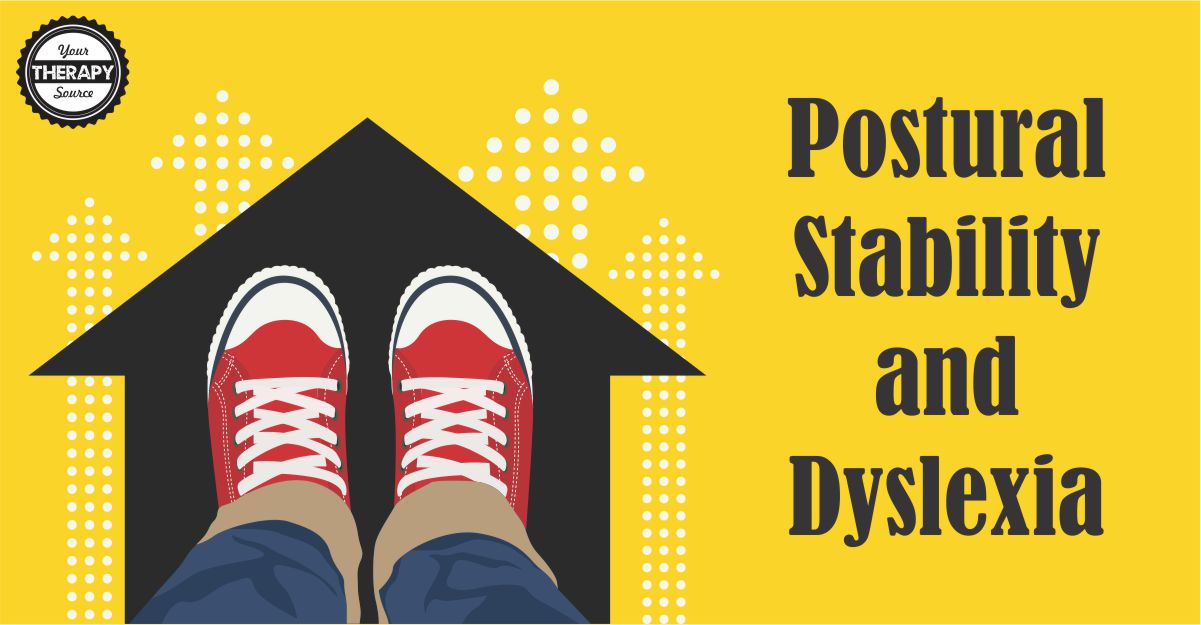 Postural Stability and Dyslexia
Postural Stability and Dyslexia
Gait and Posture published research on postural stability and dyslexia. The participants included 24 children with dyslexia and 24 children without dyslexia who were evaluated to determine the influence of foot soles and visual information on postural control. To evaluate postural stability, the surface area, the length and mean velocity of the center of pressure and the Romberg Quotient (a percentage of the measured instability during eyes closed to that during eyes open) was measured in two postural conditions (with and without a 4 mm foam under feet) and in two visual conditions (eyes open or closed).
The results indicated the following:
- the surface area, length and mean velocity of the center of pressure were significantly greater in the dyslexic children compared to the non-dyslexic children, particularly with foam and eyes closed.
- the Romberg Quotient was significantly smaller in the dyslexic children and significantly greater without foam than with foam.
The researchers concluded that children with dyslexia are not able to compensate with other available inputs when sensory inputs are less informative (with foam, or eyes closed), which results in poor postural stability. In addition, the researchers suggested that the impairment of the cerebellar integration of all the sensory inputs is responsible for the postural deficits observed in children with dyslexia.
The lead author of the study, Nathalie Goulème, Ph.D., recommends:
- exercises on a balance platform challenging children to maintain their stability in different conditions i.e. eyes closed, unstable or visual stimulation in order to improve postural control and utilize efficient sensory strategies.
- children to participate in sports, games and leisure activities that require eye-hand coordination and balance skills.
When children have difficulties maintaining postural control it involves more energy, therefore during higher cognitive load tasks such as reading attention is shared possibly decreasing learning capabilities.
Reference:
Bell, Katie. (2017) Dyslexia affects ability to adjust to impaired sensory feedback. LER Pediatrics. Retrieved from the web on 12/7/17 at http://ift.tt/2izq84G
Goulème, N., Villeneuve, P., Gérard, C. L., & Bucci, M. P. (2017). Influence of both cutaneous input from the foot soles and visual information on the control of postural stability in dyslexic children. Gait & Posture, 56, 141-146.
If you need more core strengthening activities for children check out:
The Core Strengthening Handbook: This download includes 50+ activities including:
- Quick and Easy Core Strengthening Activities for Kids
- Core Strengthening Exercises With Equipment
- Core Strengthening Play Ideas
The Core Strengthening Exercise Program: This digital download includes exercises to help make core strengthening fun and entertaining for kids while promoting carryover in the classroom and at home! FIND OUT MORE.
The post Postural Stability and Dyslexia appeared first on Your Therapy Source.

No comments:
Post a Comment